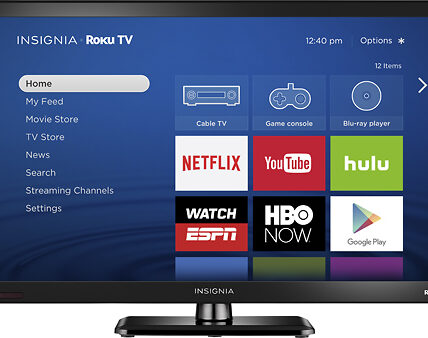When it comes to choosing a desktop computer for creative professionals, selecting the right specifications is crucial. The demands of graphic design, video editing, animation, and other creative tasks require a computer that can handle heavy workloads and deliver high-performance results. Here are some key specs to consider when choosing a desktop computer for creative work:
1. Processor (CPU): The processor is the brain of the computer and determines its overall speed and performance. For creative professionals, a multi-core processor is recommended, such as Intel Core i7 or i9, or AMD Ryzen 7 or Ryzen 9. These processors offer excellent performance for demanding tasks like rendering high-resolution graphics and processing intricate visual effects.
2. Graphics Card (GPU): A powerful graphics card is essential for graphic-intensive tasks. Look for a dedicated GPU with a significant amount of VRAM (Video RAM), such as NVIDIA GeForce RTX or AMD Radeon Pro series. These cards provide faster rendering times, smoother playback, and better 3D performance, making them ideal for graphic design, video editing, and 3D modeling.
3. RAM (Memory): Creative work often requires working with large file sizes and multitasking across multiple applications. Ensure your desktop computer has ample RAM for smooth operation. A minimum of 16GB is recommended, but for more demanding tasks, 32GB or even 64GB of RAM will provide better performance and allow for efficient multitasking.
4. Storage: Fast and reliable storage is crucial for loading and saving large files quickly. Opt for a Solid-State Drive (SSD) with high capacity, as it significantly speeds up file transfers and application loading times. Consider a combination of a smaller SSD for the operating system and frequently used applications, along with a larger HDD (Hard Disk Drive) or additional external storage for storing large files and projects.
5. Display: A high-quality monitor is essential for accurate color reproduction and detailed visuals. Look for a display with a wide color gamut, such as an IPS or Adobe RGB panel, and a high resolution, such as 4K or QHD, for precise image editing and design work. Additionally, consider factors like screen size, color accuracy, and adjustable stand options to find a monitor that suits your needs.
6. Connectivity and Ports: Ensure your desktop computer has the necessary ports and connectivity options for your professional equipment. USB 3.0 or USB-C ports are commonly used for connecting external devices like cameras, printers, and storage devices. Additionally, check for HDMI or DisplayPort outputs for connecting multiple monitors or external displays.
7. Cooling and Noise: Creative work can put a strain on the computer, generating heat and potentially causing noise. Look for desktop computers with proper cooling mechanisms, such as multiple fans or liquid cooling systems, to maintain optimal performance and prevent overheating. Additionally, consider noise levels and choose a computer designed for quiet operation, especially if you work in a noise-sensitive environment.
In conclusion, selecting the right specs for a desktop computer is essential for creative professionals. Prioritize a powerful CPU and GPU, ample RAM, fast and reliable storage, a high-quality display, and the necessary ports for your equipment. Considering factors like cooling and noise levels will also contribute to a smooth and comfortable work experience. By choosing the appropriate specifications, you can ensure that your desktop computer is optimized for handling the demanding tasks of creative work.




